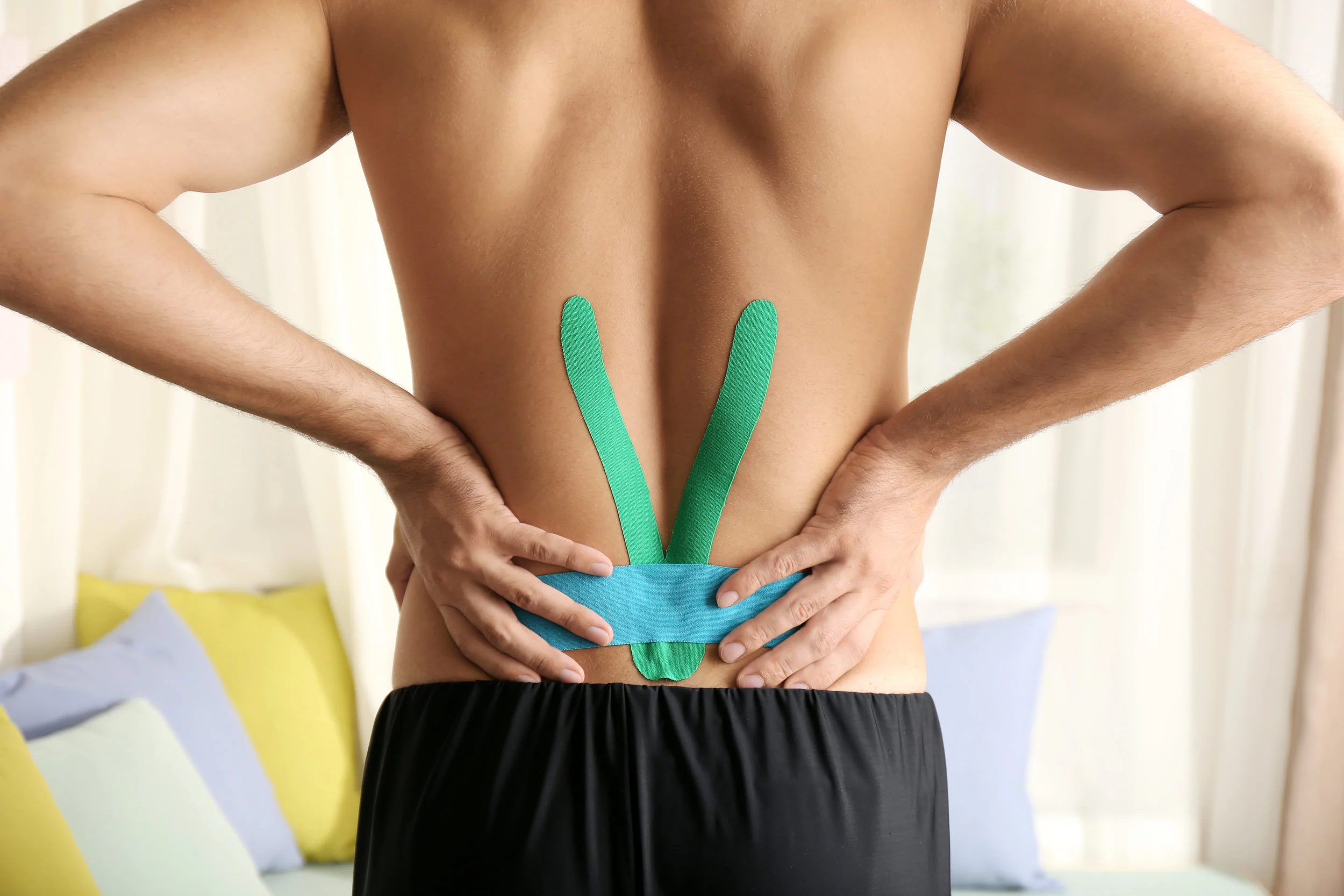Back + Pelvic Pain and Rectus Diastasus
Back Pain
Back pain is often linked to pelvic health — for men and women. For women, it makes sense because of its proximity and critical pregnancy role.
However, what does not make sense is living with back bain if it can be easily solved. Together we can develop a specific plan that suits your needs.
Rectus Diastasus
Diastasis Recti is a separation of the left and right rectus abdominus muscle in order to grow a human. The growth of your baby and all its support mechanisms (such as the uterus, fluids, placenta) have to go somewhere, so your organs still have room to function.
“100% of women will have a variable degree of separation of the recti by 35 weeks of pregnancy. ”
This is a common issue during and after pregnancy. In fact, recovery is varied but most occurs one-year post-partum.
What are the signs?
Signs of a diastasis include: a pouch for a tummy or a doming shape (like a Toblerone chocolate bar running down the centre of your tummy when you do a crunch movement), feeling like you having no abdominal strength, low or mid-back pain, pelvic floor problems.
How can it be improved?
Too often we are focused on closing the gap. In reality, the depth of the gap, our posture, and how the core muscles are functioning when we load them up.
Tips? Avoid anything that uses your rectus abdominus too often in the first 6-12 weeks (sit ups, crunches, planks, etc). Also, be sure to use recommended abdominal support, exercises for deep abdominals and pelvic floor muscles.
Still concerned or have questions? Let’s chat!
